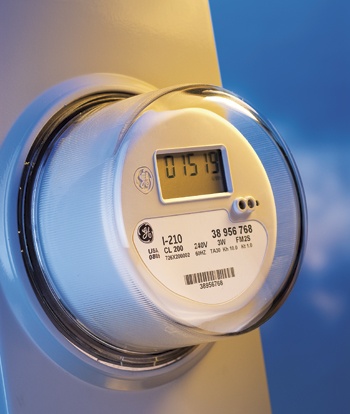Individual electric cooperatives are working at their own pace integrating the various digital components that can make an electrical system smart. The goal is to improve affordability, efficiency and reliability for customers.
Meters
There was a time when customers were required to go outside and read the number on their meters and mail the information to the billing cooperative. Next on the progression toward paperless data, utilities hired readers who would traipse house to house recording electricity usage during rain, sleet, snow and dog attacks.
One of the first automated meters was named after the turtle. It was a great leap forward, sending information about electricity use across electric lines to the substation and eventually the billing office. The animal nickname referred to the fact that electric lines are a slow conductor of information, requiring 27 hours to send a reading back to the substation.
The goal of the newest technologies is to provide automated infrastructure that can instantly provide a co-op and a customer with up-to-the-minute electricity usage figures. It’s something like online banking in which the bank and the customer are privy to the same information and can conduct business digitally. Customers can monitor their energy use and make adjustments if usage is too expensive. In this new era you will hear the terms AMR (automated meter reading) and AMI (advanced meter infrastructure).
Grid
When information systems are coordinated, a utility can remotely read your meter and provide the information to billing, maintenance, planning, security and all other office divisions. This is tricky because systems created independently don’t necessarily know how to communicate with one another. When they are integrated, however, a co-op and its customers can reap great advantages. For example, a utility:
• Has a comprehensive view of the system, its status and the location of each worker, truck and piece of equipment.
• Can “ping” a business or residence to see if the current is flowing.
• Can pinpoint a downed line or line interference without having a worker drive the lines.
• Can determine which repair equipment will be required before workers leave headquarters.
• Can quickly detect electricity and equipment theft.
• Can know where an outage is before the customer does.
• Can use a programmed telephone system to alert users to the problem and when it has been solved.
——————–
Kaye Northcott is the retired editor of Texas Co-op Power.

